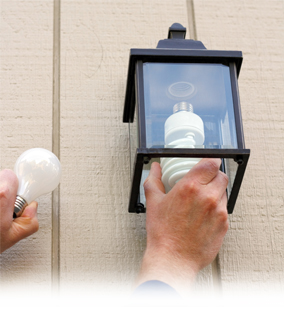In part 6 we will share troubleshooting techniques to avoid major issues.
Mold could mean a leak
If you see this fungus near water pipes, waste lines, ice-maker lines, or plumbing fixtures, chances are it’s feeding off a nearby leak. Let the water run while you check the pipes and surrounding area for damp spots. If you see mold on or near ceilings, suspect roof leaks. Water can travel in any direction—down, sideways, even up, if it wicks into absorbent material like drywall—so the source of the leak may be some distance from the mold.
A puddle near the water heater could become a lake
Water heaters sometimes leak from the drain or relief valves, which are easy to replace. But if a leak is coming from the tank, watch out. The tank is lined with a thin coat of glass. Over the years, that glass could crack, causing the steel to rust away and a puddle to appear. Left alone, a damaged tank will eventually rupture, causing an instant flood. It might take months or only days for a leak to become a flood—but it will happen. Don’t gamble; replace that time bomb now.
A circuit breaker that keeps tripping could indicate a short-circuited wire
Take load off the circuit by plugging appliances into outlets on other circuits. Items that draw a lot of power are usually the overload culprits (space heaters, window-unit air conditioners, etc.). If you can’t prevent breaker trips this way, you may have a more serious problem. Call an electrician.
Soft wood could spell termites
The critters can feed on a house for years undetected because they often eat wood from the inside and leave the outside intact. Check accessible wood in a crawl space or an unfinished basement for damage. Stab it firmly with a screwdriver every six inches to check for a spongy texture.
In part 7 we will provide tips for when its time to invest in a repair or upgrade to save money.







Customer Reviews
Thanks for submitting your comment!